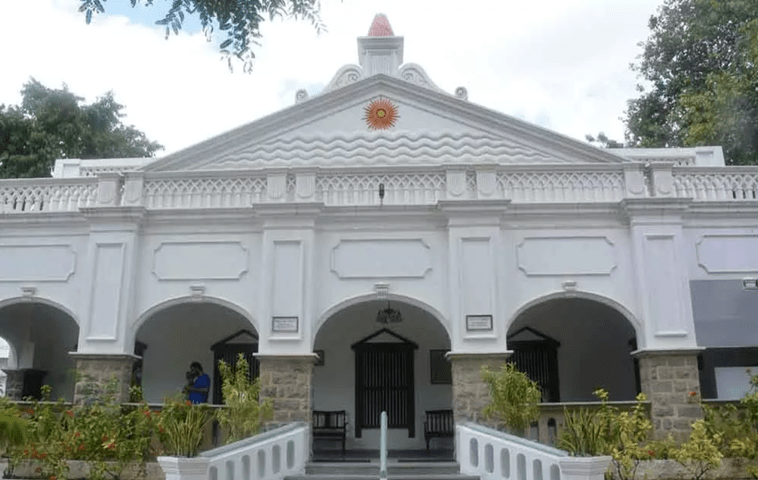Khan Bahadur Edulji Sohrabji Chenai Anjuman Dar-e-Meher in Secunderabad will complete 100 years on July 14
Ervad Aspi Patel, the head priest of the temple, is seated in the verandah. An air of tranquility, and dominance of white and peace pervade the place as we approach to meet him. The Khan Bahadur Edulji Sohrabji Chenai Anjuman Dar-e-Meher on MG Road, a temple of Parsis – followers of the Persian prophet Zoroaster – .has been like that for a hundred years.
Article by T P Venu | The Hans India
Time, place and emotion coalesce, and, a fragrance of peace and purity pervades. Just a few yards away, the world outside changed with open spaces giving way to matchbox like structures but the fire temple hasn’t changed. Gulbanoo Yadgar Chenoy, 90, the president of Parsi Zoroastrian Anjuman of Secunderabad and Hyderabad, is one of the few family members of the Chenoys who donated for the fire temple. She shares her past: “Our family came from Jalna to Secunderabad in 1803.
The land was donated by the family and the temple was constructed at a cost of Rs 28,500 Hali sikka.” Hyderabad State had its own currency, the Hali sikka, 15 percent less than the rupee in British India. One hundred British rupees got you 116 Hali rupees. Seth Jamshedji Edulji Chenoy, son of Khan Bahadur Seth Edulji Sohrabji and bai Pirojbai Edulji Chenoy, along with his brothers, built the Khan Bahadur Edulji Sohrabji Chenai Anjuman Dar-e-Meher in memory of their late father. “Fire is a living entity. Since consecration 100 years ago it has been burning continuously and only ordained priests are allowed inside the inner sanctum sanctorum,” says Jehangir Bisney, 58, a chartered accountant and trustee of the Anjuman. For Parsis, fire is a supreme symbol of purity and represents the light of God (Ahura Mazda) as well as the illuminated mind. No Zoroastrian ritual is complete without the presence of a sacred fire.
There are three priests who work in shifts. Two live in the residential blocks inside the temple complex and the head priest in Hyderabad. The priests tend to the fire five times a day and also ring the bell thrice to remove evil spirits. Sandalwood and kathi is what the Parsis call, a type of wood is used to keep the fire burning.
The fire has to keep burning and is tended to without fail even around 2:30 at midnight. How often do people visit the temple, we ask Ervad Aspi Patel, the head priest. “The ones residing in the 40 residential blocks do visit the temple but people from the community who are spread across the city make it to the temple for Navroz, the Parsi New year, when the place comes alive.” That the population is dwindling is a topic that cannot be avoided but Gulbanoo says, “Even as a kid, I remember the population was not much. We have always been a small community.”
Video on You Tube on July 14
A 40-minute video on the fire temple would be put up on You Tube to mark the centenary celebrations. Arnaz Bisney, who made the video, says, “As it dawned on us that the celebrations would be low-key due to the Covid-19 pandemic, I thought of making a video. It was Navroz and the photo frames were removed for renovation. That was when it struck, to make a video. There are 31 frames which is the cruz of the video.” It would be live after 9 pm on July 14.
Here is the link: https://youtu.be/4PbBLwX5JLE

